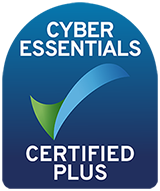It’s been a while since I wrote anything about value for money (VFM). As it’s come up at a number of benchmarking club meetings recently, I thought I’d recap where we are.
Global accounts 2019: tidings of regulatory joy? Or mild frustration?
The ‘new’ VFM standard has been operative since April 2018. As always, the regulator (RSH) didn’t expect too much from the sector in the first year, which is just as well as VFM reporting in the accounts from larger associations was very mixed. Interestingly, senior figures at RSH noted that smaller associations seemed to do a better job.
The 2019 Global Accounts is due in mid-December and, like last year, is likely to provide pointers on how best to meet VFM regulatory requirements.
My guess is that whilst the focus last year was on getting the RSH metrics definitions right, attention this year will shift to how well associations have reported their performance against their own strategic VFM targets. This requirement effectively prods associations into nailing down how they measure success. I wrote about this back in May 2018.
Past experience suggests it’s quite possible that some larger associations will get governance downgrades for not getting the reporting right. This will have nothing to do with poor VFM and everything to do with non-compliance.
Why is it important that associations get the reporting right? It’s not simply for regulatory compliance but to communicate the difference the sector makes – or as Simon Dow (RSH Chair) puts it:
“Housing associations have not always been able to rely on political support, in part because the general public do not routinely understand what they are and what they do. If you don’t keep an eye on how others see you, then in crisis you may find yourself without the friends and allies you need…. The VFM standard could have an important role to play in prompting boards and executive teams to think about their public profile.” (IH 11/4/18)
Reporting VFM is only part of the story
Attention tends to fall on VFM reporting as it’s the most visible expression of the standard. But there’s a lot more to being compliant than reporting VFM in your accounts. The standard also requires:
- clear articulation of the organisation’s strategic objectives
- a comprehensive and robust strategic approach to achieve VFM in these objectives
- measurement, monitoring and reporting of strategic objectives and associated targets
- regular consideration of VFM gains by the Board (effectively self-assessment)
- delivery of VFM, by ensuring optimal benefit is derived from the organisation’s resources and assets and that the 3Es (economy, efficiency and effectiveness) underpin delivery
In short, the RSH expects VFM to be embedded from board to frontline. But doing that can pose a challenge.
Has your organisation embedded VFM?
Sometimes landlords need support in meeting the Regulator’s requirements, and during the past year I’ve supported associations embed VFM in a range of interesting assignments. They included:
- VFM awareness briefings for board members – clarifying regulatory requirements, implications and the board’s role
- VFM measurement, in-depth benchmarking analysis and identification of potential VFM gains. Rationalising this association’s approach to metrics included identifying corporate strategic VFM measures and establishing a structure of primary and secondary metrics with the executive team. Benchmarking data was reviewed with the executive team to understand cost drivers and identify activities for cost/performance improvement or further review.
- VFM strategy development. This started with a short, facilitated, criteria-based self-assessment of the association’s current approach to VFM. The self-assessment was used to inform an executive workshop where improvement actions were identified and then included in a succinct VFM strategy document aligned to the association’s corporate objectives
- VFM: making it real for managers and staff – these interactive workshops demystified VFM whilst engaging staff in the link between their day-to-day work and the achievement of corporate objectives (value delivery) and also emphasising their role in maximising this value as experts in their field.
If you need a compliance check on your VFM reporting in the accounts, I can of course do this too.
So, look out for the Global Accounts in the next few weeks to see how the larger associations got on with their VFM submissions, have a great Christmas and New Year – and do get in touch if you require VFM support.







Comments are closed.